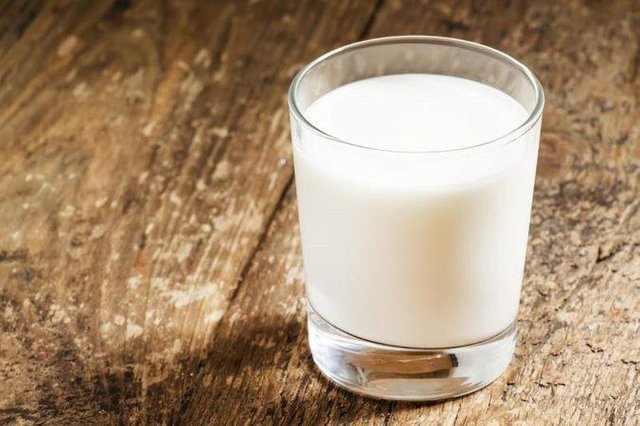Using milk protein to 3D-imprint muscle and bone cells

A University of Canterbury PhD student is using milk protein to 3D-imprint muscle and bone cells and one day she hopes her research may be used to regrow missing body parts.
Electrical and Computer Engineering doctoral candidate Azadeh Hashemi, originally from Tehran, Iran, came to start her PhD at the University of Canterbury (UC) four years ago.
Azadeh’s successful work in UC’s Biomolecular Interaction Centre is turning what is basically milk powder into biomedical devices, such as implants to help regrow missing body parts. Her work is focused on fabrication of casein-based films with surface patterns, and growing cells on them.
“The aim of my work is to replicate a 3D imprint of cells onto films made of milk protein, to use them as a substrate for growing cells. Development of the replication process and controlling the biodegradability of these films are the main parts of this work,” she says.
“The patterns on these biodegradable cell culture substrates mimic the cells’ natural physical environment and they can influence cell shape and growth. Once they have done their job, the films gradually degrade and leave the grown tissue behind.”
The possibilities of these micro- and nanostructures are tantalising, with applications in stem cell engineering, regenerative medicine, and implantable devices.
“If they can help the cells grow into muscles, bones or other tissues they would be able to replace any missing body part and help them regrow,” Azadeh says.
“Another great application for these substrates is to grow stem cells on an imprint with patterns of different cell types and see what type of cell the stem cells would change into. We might even be able to stop cancer cells from being cancerous by growing them on these patterns, in which case the biodegradability of the substrates would also be an advantage for eliminating the need for secondary surgery.”
woow! i follow and ypvote for you @exponentials
Great news! There is a great potential in 3D printing for implants, but it looks so far today that every small step is amazing